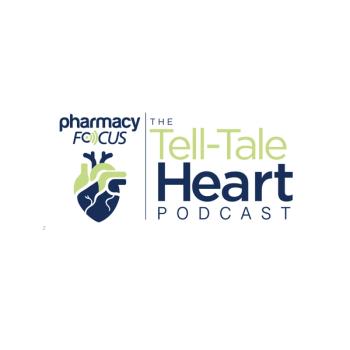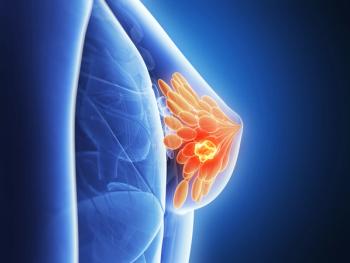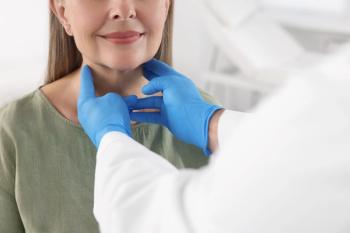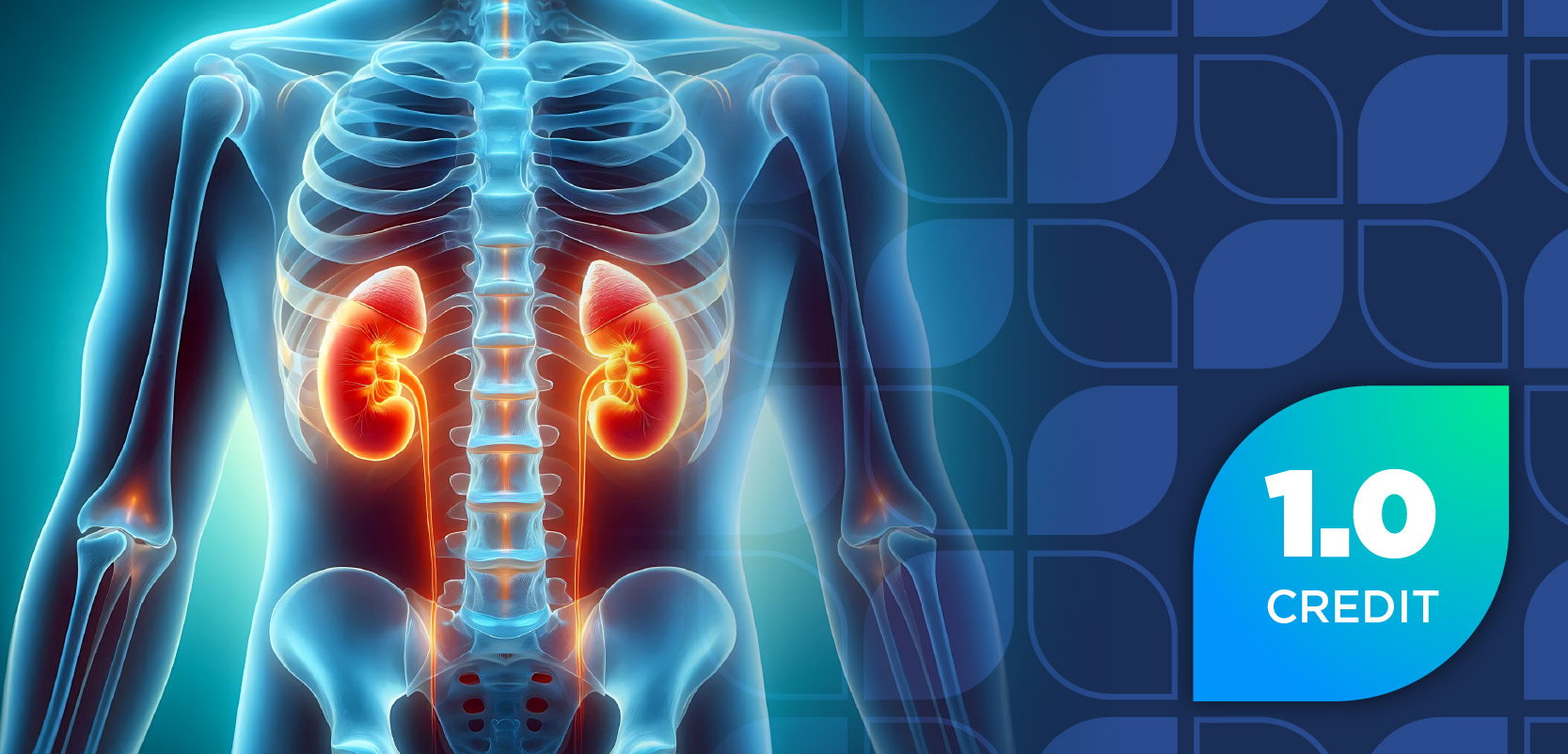
Early-Stage Breast Cancer Patients Still Receive Expensive, Unnecessary Advanced Tests
Tests provide little to no benefit and can increase a breast cancer patient’s financial burden.
Despite recommendations against routine surveillance tests, many asymptomatic women treated for early-stage breast cancer often undergo advanced imaging and tumor-marker tests, recent study found.
“Although
The American Society of Clinical Oncology (ASCO) joined with the American Board of Internal Medicine’s (ABIM) in the Choosing Wisely campaign, to improve the value of patient care by ensuring patients receive tests, procedures, and treatments that are most likely to improve quality of life without burdening them with
Several studies show that these advanced tests provide little to no benefit for this patient population, according to the authors. Furthermore, false-positive results can lead to unnecessary procedures, unneeded radiation exposure, misdiagnosis, and even overtreatment.
In the current study, which was presented at the American Society of Clinical Oncology annual meeting in Chicago, investigators examined the records of 2193
The results of the study showed that 37% of patients received tumor-marker tests during the post-treatment surveillance period, which equates to an average of 2.8 tests per patient. There were 17% of patients who received advanced imaging—–an average of 1.5 images per patient.
Financially, costs for patients administered the advanced procedures were considerably higher than the average $18,403 during the surveillance period.
“During early surveillance following treatment, patients averaged 13.3 physician visits, primarily with oncologists and primary care providers,” Dr Lyman said. “We believe one of the best ways we can help patients reduce their financial burden is for us to reinforce the message with oncologists that these tests have been shown to provide no benefit for this particular group of patients.”
The findings were presented in the poster presentation, “Patterns in provider types and cost of surveillance testing in early-stage breast cancer patients: a regional study.”
Newsletter
Stay informed on drug updates, treatment guidelines, and pharmacy practice trends—subscribe to Pharmacy Times for weekly clinical insights.


















































































































































































































